Master the F-5 Quickly
Born in 1949 in Dong Huy commune, in May 1968 Mr. Khang joined the army and was immediately sent to China to study to be a pilot.
One year later, he returned to the country and was sent to the Soviet Union to transfer the first Mig-21 type carrying 4 missiles of the Vietnam People's Air Force (VPA) and participate in the fight to protect the sky of the North.
In early May 1975, pilot Lieutenant Nguyen Van Khang was in the first formation to take over Bien Hoa airport. “At that time, it was very chaotic, with planes lying scattered on the runway, motorbikes, guns and ammunition thrown everywhere. The remnants of the army were still hiding in the forests surrounding the airport, so wherever we pilots went, we carried AR15s for self-defense... But the hardest part was taking over the F-5s,” Mr. Khanh recalled.
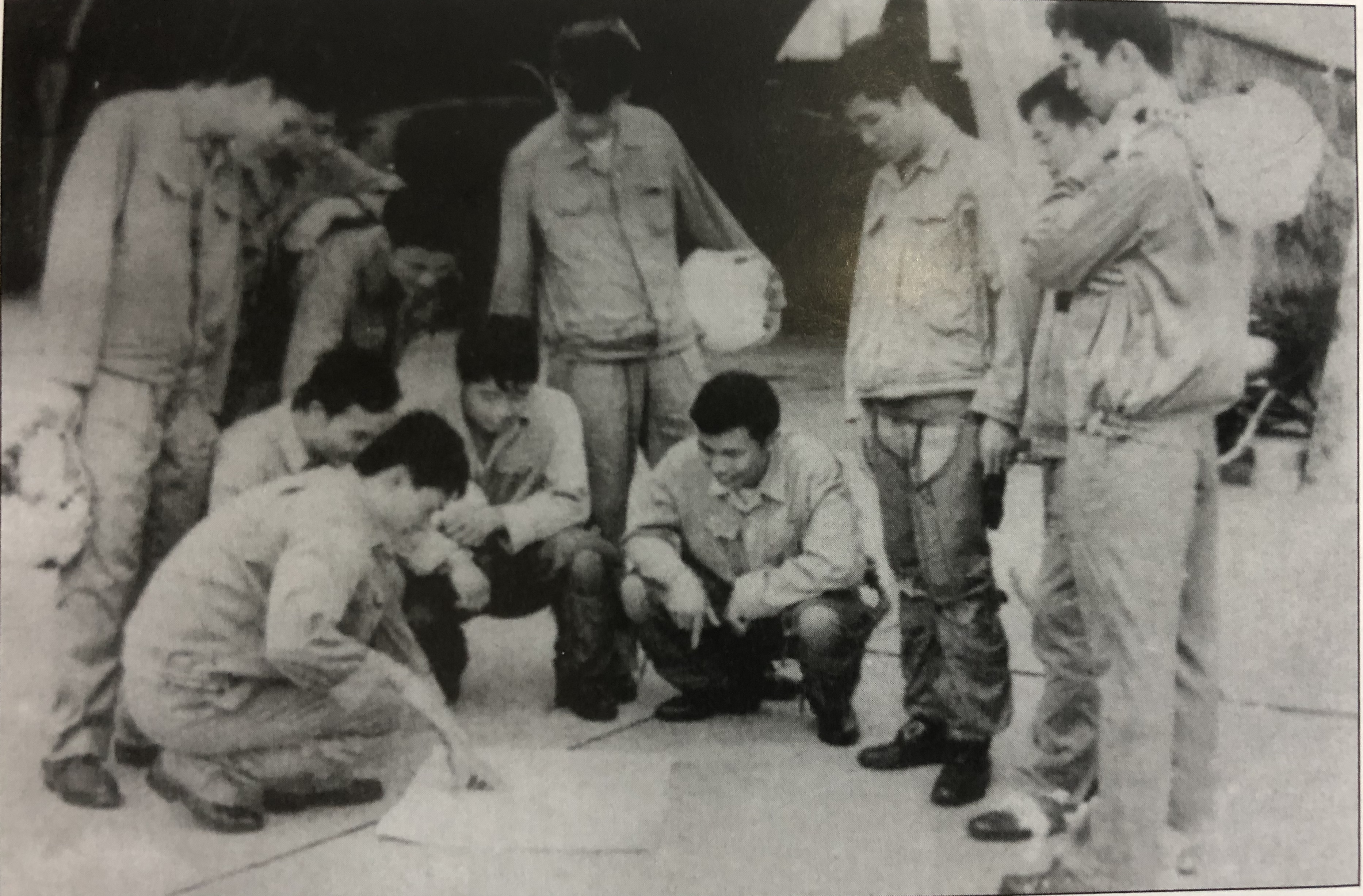 Pilots of Regiment 935 discuss combat plans to protect the southwestern border. |
After April 30, 1975, the number of American-made F-5 fighter jets left at Bien Hoa airport reached over 40. The mission of Regiment 935 was to use Mig-21s for combat readiness and prepare to exploit the captured F-5 aircraft. Mr. Khang was assigned to Company 2 using F-5 aircraft.
Assigned to master the F-5 aircraft in the shortest time, the pilots familiar with Mig were all surprised by the instructions, features, and control methods... "No one knew English except for Mr. Nguyen Thanh Trung, so we had to ask the teachers who were technical staff of the old regime. During the day, they took us out to learn and get familiar with the aircraft, and at night they focused on teaching English so that the liberation pilots could know the clocks in the cockpit and read documents," Mr. Khang laughed.
Without a flight instructor, the military had to appoint pilot Nguyen Thanh Trung as the “teacher”. Unfortunately, pilot Nguyen Thanh Trung had only ever flown the single-seat F-5A fighter, so they had to take a two-seat F-5B for training, with him sitting in the front cockpit to control the aircraft, while pilot Nguyen Van Nghia sat in the back cockpit to observe the movements and… teach. On May 27, 1975, the first flight of the “liberation pilot” was successful, opening the way for 36 pilots to self-transform into the F-5 in just 1 month, surprising the old technical staff with “how good they are”.
When it came time to convert the fighter aircraft, pilots Nguyen Van Nghia and Nguyen Van Khang sat on the F-5B and flew with the Mig-17 to test, compare features, transfer flight applications from the Mig-21 and learn and gain experience. When the F-5 was put into combat duty, the entire unit was hit by a dengue fever epidemic, with only 4 pilots on duty (including Mr. Khang), so they were on duty at the airport every day.
3 sorties in one day
In May 1978, Pol Pot used a large force to attack and invade our border from Ha Tien to Tay Ninh . Air Force Regiment 935 (at that time belonging to Air Force Division 372) was assigned to participate in the battle in all directions, directly providing fire support to Corps 3, 4, 7, and 9. On May 6, 1978, Air Force Regiment 935 launched 8 F-5E sorties in coordination with Air Force Regiments 937 and 917 to fight the enemy. In this first battle, Senior Lieutenant Nguyen Van Khang flew in Squadron 1 with pilot Duong Dinh Nghi. Squadron 2 consisted of 2 F-5s piloted by pilots Nguyen Thanh Xuan and Hoang Huu Hien.
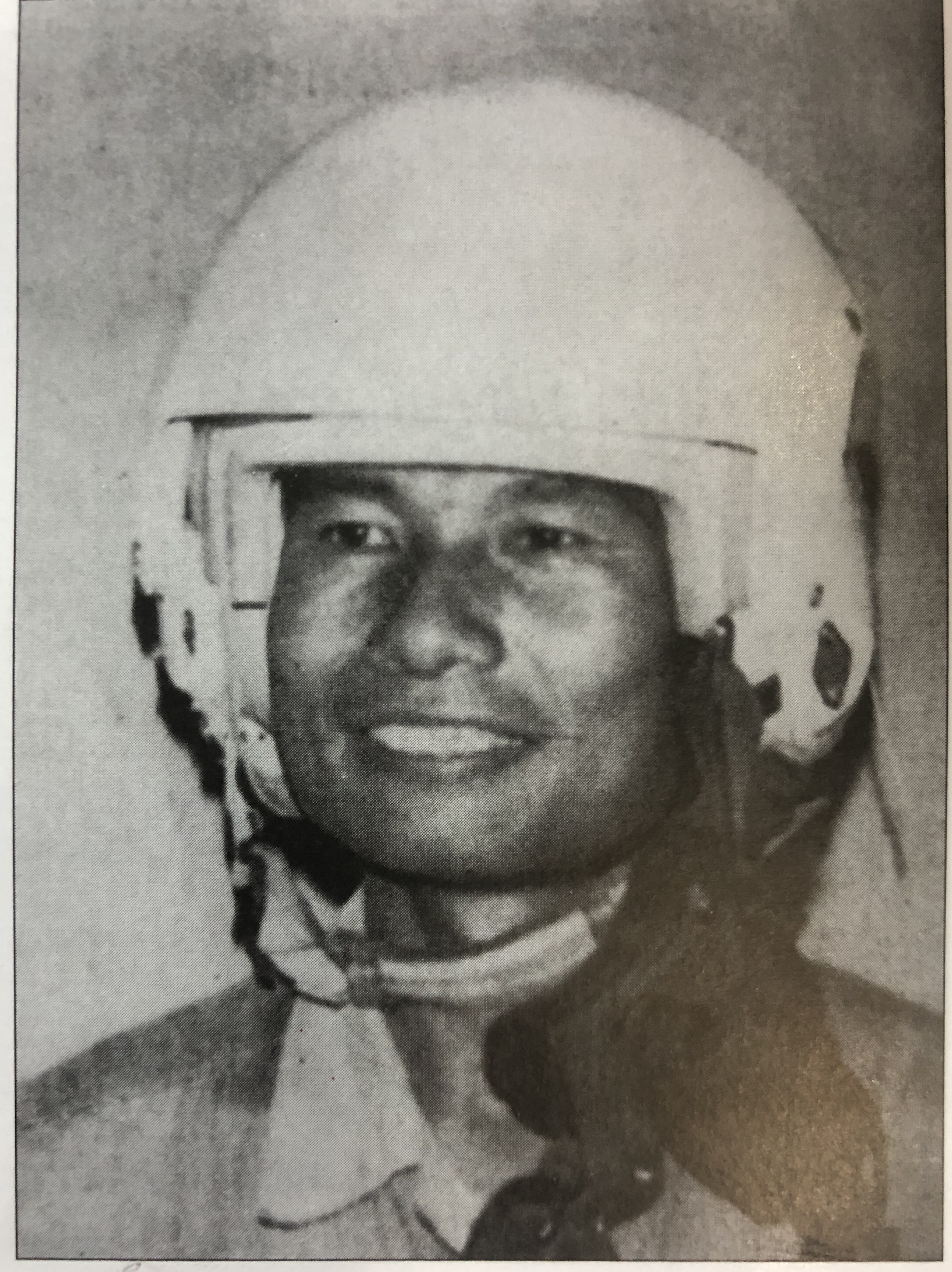
F-5 pilot Lieutenant Nguyen Van Khang, 1979
Mr. Khang recalled the first battle: “I was very worried and nervous because it was the first time I was carrying 2 tons of bombs to drop. The bomb button was right on the steering wheel, if I accidentally touched it, my teammates would have been hit. I was also afraid that I wouldn’t be able to find the target because this was the first time the Air Force had carried out a bombing mission on call (front reconnaissance indicated the target, I drew it on the map, and flew to find the target) in a large area. I was flying so high but I could still see anti-aircraft guns firing densely under my belly. After dropping the bomb, when I heard the reconnaissance report that the target had been hit, I breathed a sigh of relief. At that time, I was full of youthful enthusiasm, and there were days when I flew out 3 times to attack the enemy.”
According to statistics from the Vietnam People's Air Force, from May 1978 to January 1979, pilot Nguyen Van Khang fought 45 battles, with his squadron killing nearly 400 enemies; destroying 6 M113 vehicles, 12 12.7mm guns and 2 40mm cannons; heavily destroying the logistics base in northwest Xvay Rieng, many artillery positions at the port of Kong Pong Som, destroying many enemy fire clusters on Co Cong island, creating conditions for our infantry and navy to kill the enemy, control the battlefield, and capture many weapons and ammunition. He also sank and severely damaged 3 ships on the Kong Pong Cham River; destroyed 5 transport vehicles, 2 artillery positions and killed many enemies.
“The most difficult days were the days of fighting against Co Cong Island,” Colonel Khang recalled: “The Marines fought for several days but could not capture it, so they asked for air support. From Bien Hoa to the target, we had to fly for 2 hours, then quickly return because we were afraid of running out of fuel. This area bordered Thailand, and we could clearly see Thai fighter jets flying along the border. If we accidentally strayed into their airspace, they would open fire. We continuously attacked the targets on Co Cong Island for 3 days and nights. In the last battle, when the Navy landed, the superiors even ordered F-5s to fly over the formation of warships to encourage the troops’ morale...”.
Documents of the Vietnam People's Air Force recorded: In the battle of Co Cong on January 15, 1979, despite the long operating range, bad weather, and many air defense positions on the island, comrade Khang and his squadron still destroyed 3 artillery positions, sank 1 warship, and effectively supported our navy in occupying the island.
“Number 2! Where is number 2?”
On December 20, 1979, Senior Lieutenant Nguyen Van Khang was awarded the title of Hero of the People's Armed Forces; then he was sent by his superiors to train in command and staff in the Soviet Union, and returned to work at the Air Defense - Air Force (QCPKKQ). In 1993, according to mission requirements, Mr. Khang was seconded to work in civil aviation and was offered the position of Director of Noi Bai Airport. Surprisingly, he refused. "When I was a pilot, I was saved by many people. Now that I'm no longer flying, let me go save people to repay the favor," he stated the reason and asked to go to the Aviation Search and Rescue Center.
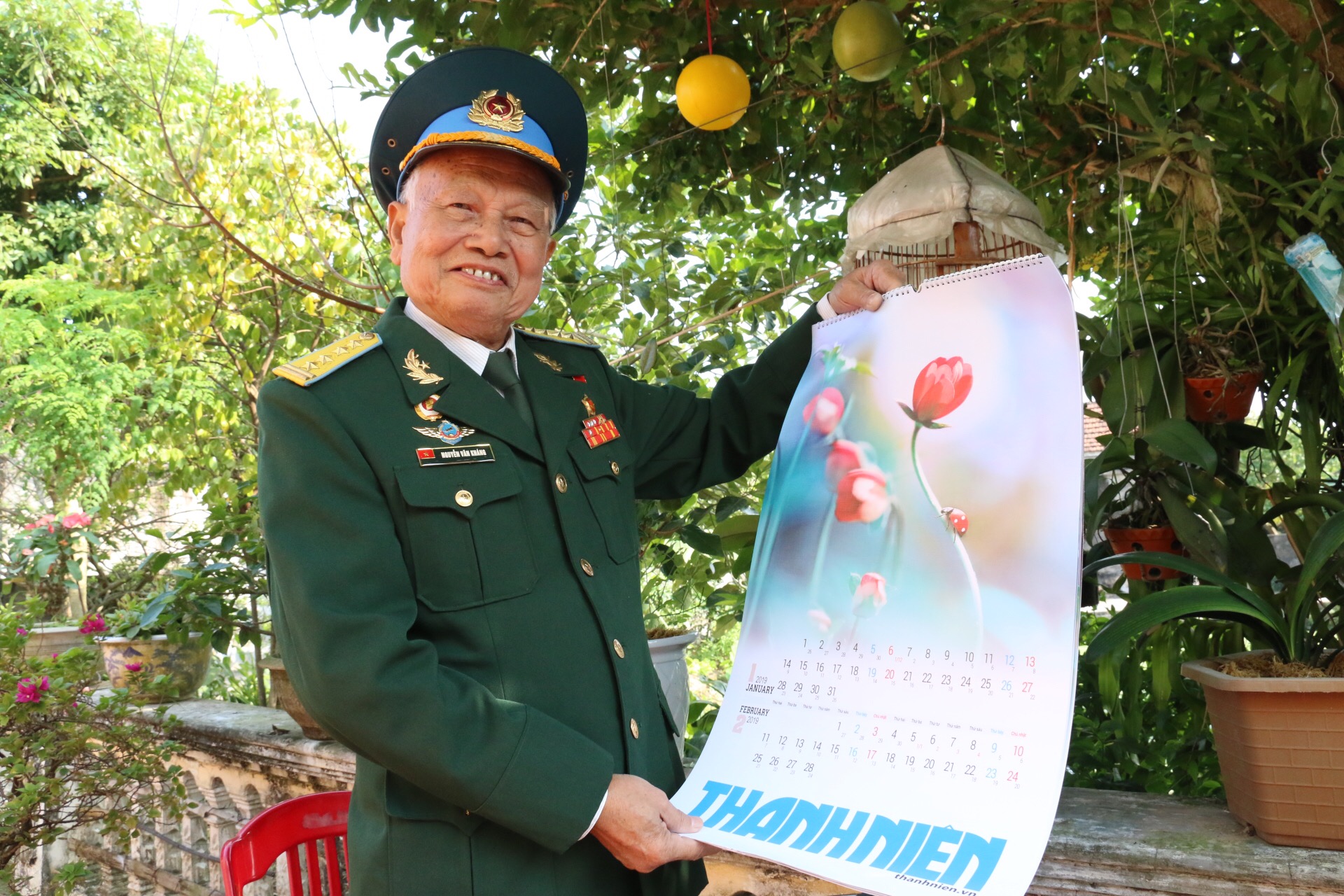
Colonel Nguyen Van Khang with the 2019 Tet calendar Thanh Nien
After 16 years of dedication to search and rescue - training aviation staff, in 2009 he retired as deputy director of the center and the two of them returned to their rice homeland Thai Binh.
Now nearly 70 years old, he still rides his motorbike dozens of kilometers every day to visit veteran members, ornamental plants... and is busy building canals and roads in the village to prepare for the new rural achievements of the commune. Sitting and talking to me about the days of fighting to protect the southwestern border, doing international missions in Cambodia, he was deeply moved: “My first number 2 was pilot Lam Van Chi, born in 1947 in Phuoc Hai, Dat Do, Ba Ria-Vung Tau. During the battle against the invading Pol Pot army on August 11, 1978 in Xa Mat (Tay Ninh), we swooped down to drop bombs, when I circled up I kept calling him but he didn’t answer. When I got back to the airport I kept calling him but he was still silent. A few days later, the infantry brothers found the plane shot down by anti-aircraft guns, he was still sitting in the pilot’s seat. On the day of Chi’s funeral, the unit didn’t let me attend because we went everywhere together.”
Thai Binh afternoon, mist lingering in the fields, Mr. Khang called out: “Number 2! Where are you, Number 2? Chi, Chi? Where are you, Chi?”. The call rolled on like the afternoon 40 years ago, Tay Nam...
(to be continued)
Source: https://thanhnien.vn/40-nam-chien-thang-chien-tranh-bao-ve-bien-gioi-tay-nam-khong-quan-xuat-kich-185817004.htm


![[Photo] Prime Minister Pham Minh Chinh chairs meeting on science and technology development](https://vphoto.vietnam.vn/thumb/1200x675/vietnam/resource/IMAGE/2025/5/17/ae80dd74c384439789b12013c738a045)
![[Photo] Nearly 3,000 students moved by stories about soldiers](https://vphoto.vietnam.vn/thumb/1200x675/vietnam/resource/IMAGE/2025/5/17/21da57c8241e42438b423eaa37215e0e)
![[Photo] More than 17,000 candidates participate in the 2025 SPT Competency Assessment Test of Hanoi National University of Education](https://vphoto.vietnam.vn/thumb/1200x675/vietnam/resource/IMAGE/2025/5/17/e538d9a1636c407cbb211b314e6303fd)
![[Photo] Readers line up to visit the photo exhibition and receive a special publication commemorating the 135th birthday of President Ho Chi Minh at Nhan Dan Newspaper](https://vphoto.vietnam.vn/thumb/1200x675/vietnam/resource/IMAGE/2025/5/17/85b3197fc6bd43e6a9ee4db15101005b)


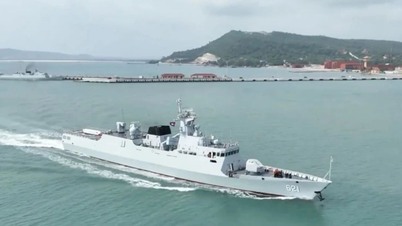

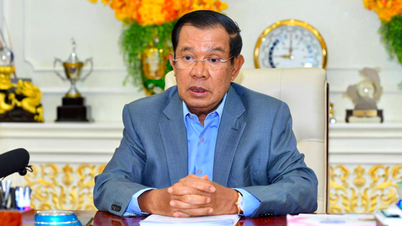
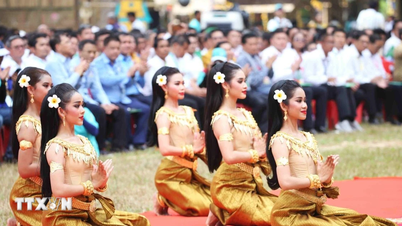

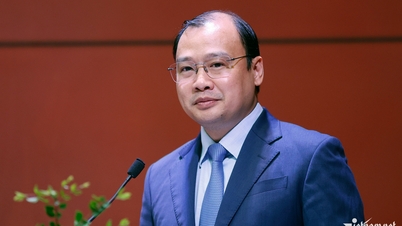



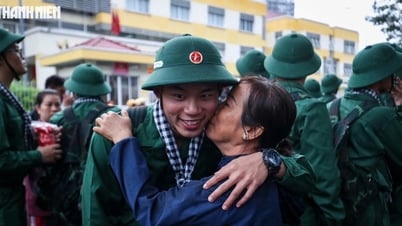

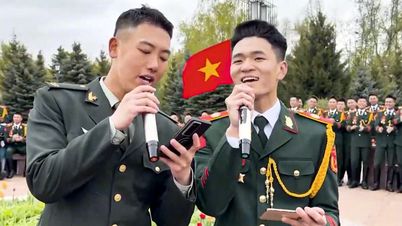
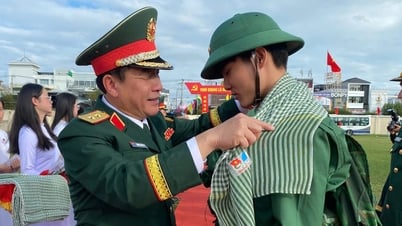
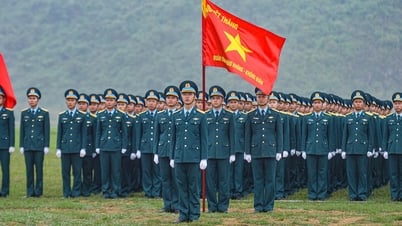
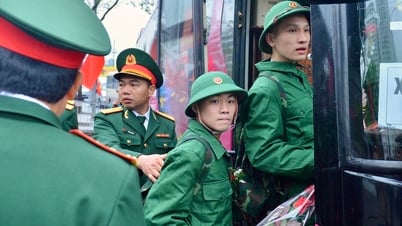





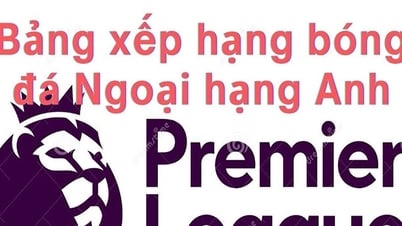


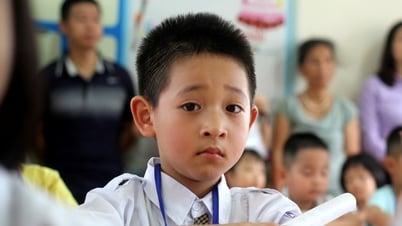



















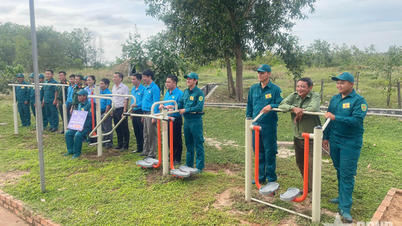












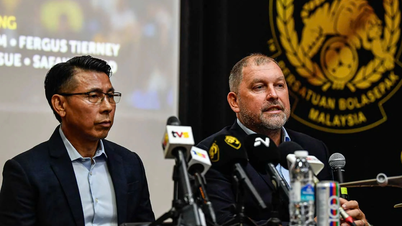
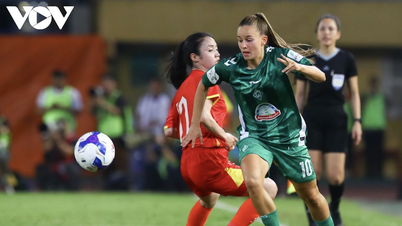

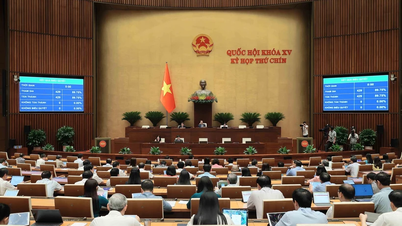











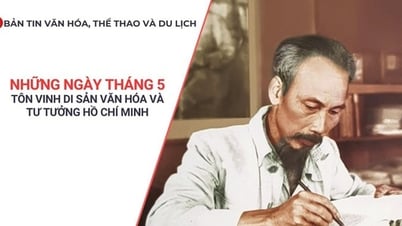
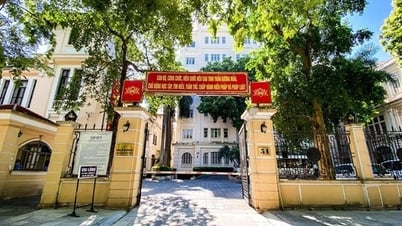
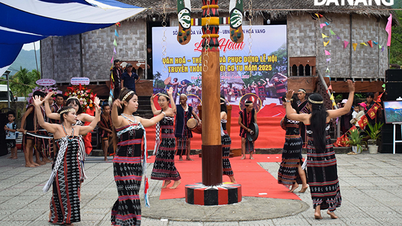

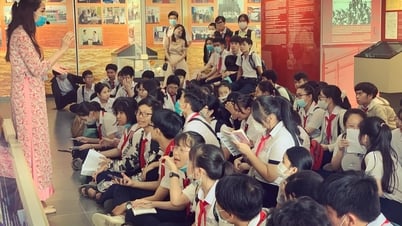
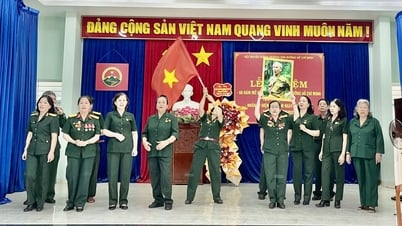

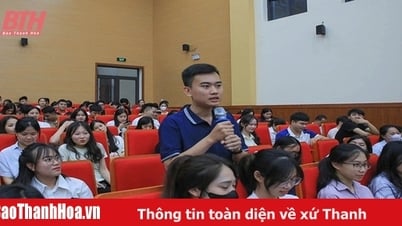



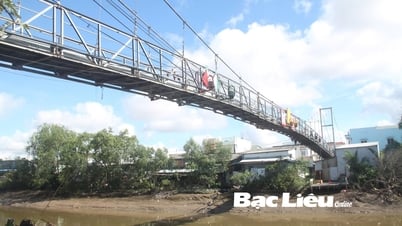










Comment (0)